The first day of spring 2024 (Northern Hemisphere) will occur on Tuesday, March 20 at 03:07 AM Universal Coordinated Time (UTC). Hence, March Equinox is known as Spring Equinox in the northern hemisphere.
On the other hand, for the people living in the southern hemisphere, this equinox marks the arrival of the first day of fall (autumn) in the southern hemisphere. That’s why in the earth’s southern areas, the March equinox is known as the Fall Equinox. In other words, the meaning of equinox changes depending on the fact that at what side of the hemisphere you live.
Not to mention, regardless of the fact that at which side of the hemisphere you live upon, the length of day and night are almost exactly equal on the eve of Equinox. CONFUSED??? Don’t worry, we will talk about it in a later section.
Moving ahead, in this exclusive article, we will talk about the fact that why there is a mismatch between the north and south equinoxes. Or, the March Equinox i.e. the first day of spring in the northern hemisphere is actually the official first day of spring or not? Therefore, I would suggest you stick with me till the end. Let’s dive right in!!!
What is Equinox?
There are two ways to define the meaning of equinox. These are astronomical and meteorological definitions of Equinox. Right now, I am going to explain it on the basis of astronomy. That doesn’t mean I won’t be explaining the meteorological definition of equinoxes. We will talk about it in a later section.
So, moving ahead, according to astronomy, this is a naturally occurring event during which the center of the sun appears to cross over the celestial equatorial line of the earth. In layman, one can say that an equinox occurs when the sun switches sides from one hemisphere of the earth to the other.
Not to mention, there are two types of equinoxes. Fall equinox, also known as the autumnal equinox marks the first day of fall. And, the Spring Equinox, also known as the Vernal Equinox marks the first day of spring.
Highly Recommended: Equinox vs Solstice – What’s the Difference?
Four Seasons
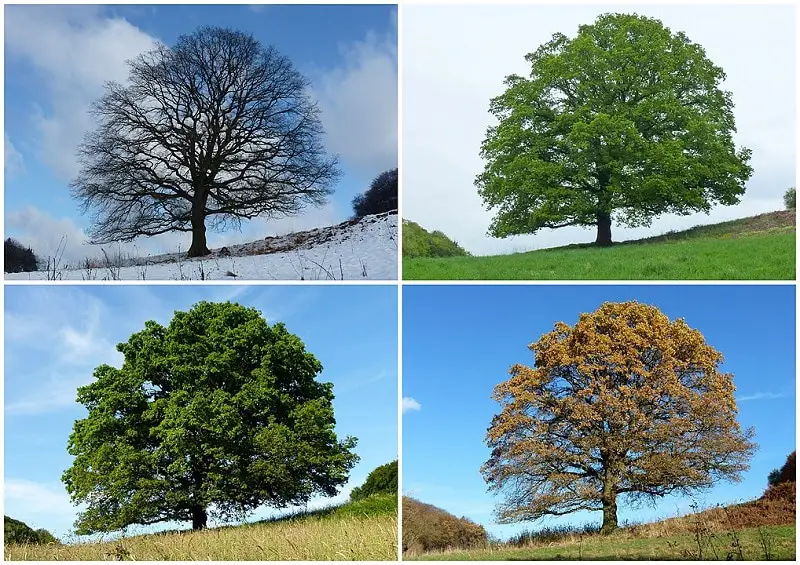
In case you don’t know, there are generally four seasons that occur on Earth. These are summer, winter, autumn, and spring. Just like the fall and spring equinox is responsible for the arrival of fall and spring seasons on Earth.
In a similar way, the winter and summer solstice are responsible for the arrival of winter and summer seasons on earth. To summarise, each year earth experiences 2 solstices (summer and winter) and 2 equinoxes (spring and fall) that help us to understand the patterns related to the changing seasons.
Now, the question arises as to why there is a mismatch between the north and south. To put it differently, why when there is a spring equinox in the northern hemisphere, there is a fall equinox in the southern hemisphere? Let’s find out!!!
Editor’s Choice: Seasons in Northern Hemisphere & its Bizarre Consequences
Thanks to Earth’s Tilt, We See Equinoxes
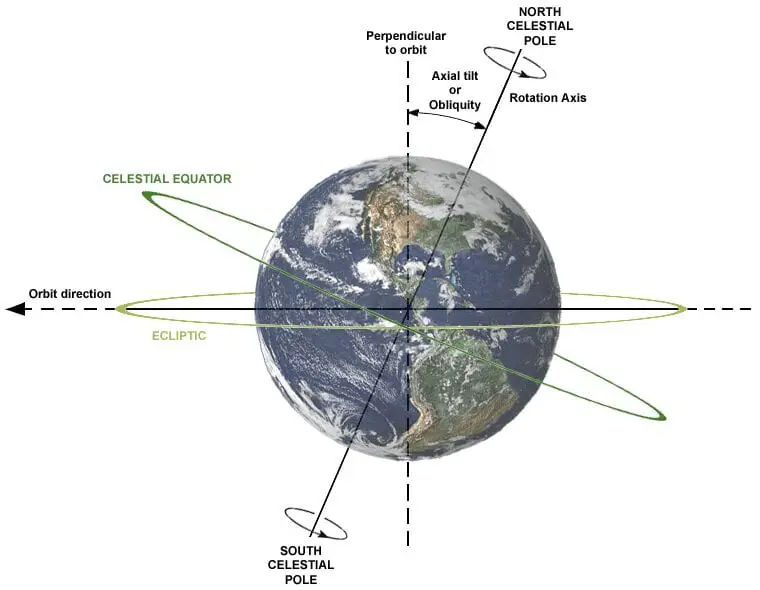
Well, there is a small correction here. Not only do we see equinoxes because of the earth’s tilt. We see solstices too. Moving ahead, just because the earth has an axial tilt of 23.4 degrees, there is a mismatch between the northern and southern hemispheres.
In fact, Kepler’s law also contributes to the formation of the different seasons across the globe. YES, YES, the same Kepler’s law that states that all the planets in the solar system revolve around the sun in an elliptical orbit.
However, Kepler’s law contribution can’t be compared to the role played by the earth’s tilt. I mean, if I say in terms of approximated ratios. Then it will be like 90:10.
| Basis of Comparision | Northern Hemisphere | Southern Hemisphere |
| March Equinox | In the northern hemisphere, it marks the first day of spring, therefore, Spring or Vernal Equinox. | In the southern hemisphere, it marks the first day of fall, therefore, Fall or Autumn Equinox. |
| June Solstice | It marks the first day of summer, therefore, Summer Solstice. | It marks the first day of winter, therefore, Winter Solstice. |
| September Equinox | Marks the first day of fall, therefore, Fall Equinox. | Marks the first day of spring, therefore, Spring Equinox. |
| December Solstice | It marks the first day of winter, therefore, Winter Solstice | It marks the first day of summer, therefore, Summer Solstice. |
March Equinox – First Day of Spring in Northern Hemisphere

As you already know an equinox occurs when the center of the sun appears to cross over the celestial equatorial line of the Earth. Moreover, you also know that there are two types of Equinox. These are the March equinox and September equinox.
So, how to define March Equinox or even September equinox? OKAY, let me rephrase my question for you!!! What’s the difference between the March and September equinox? Any Guess???
Well, the only difference between the March and September equinox is that during the March equinox, the sun switches sides from the southern hemisphere to the northern hemisphere of the earth. That’s why the March equinox is also known as the Northward equinox.
On the other hand, during the September equinox, the sun switches sides from the northern hemisphere to the southern hemisphere of the earth. That’s why the September equinox is also known as the Southward Equinox.
March Equinox – Northward Equinox
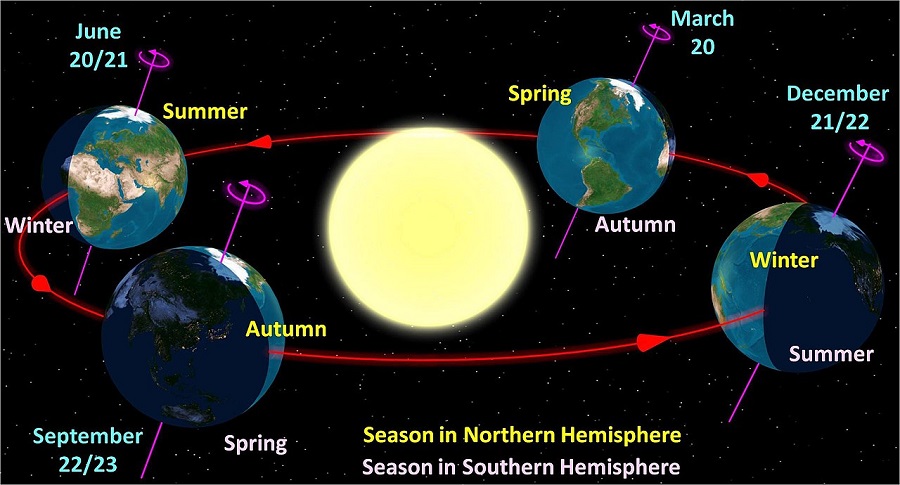
Moving ahead, as the sun crosses over the imaginary celestial line from the south to the north direction. The earth’s northern areas start to warm up rapidly. Refer to the above image for a proper understanding.
Hence, marking the end of the winter and the arrival of the first day of spring in the northern hemisphere. That’s why the March equinox is officially known as the spring or vernal equinox in the northern parts of the earth.
Equal Day and Night
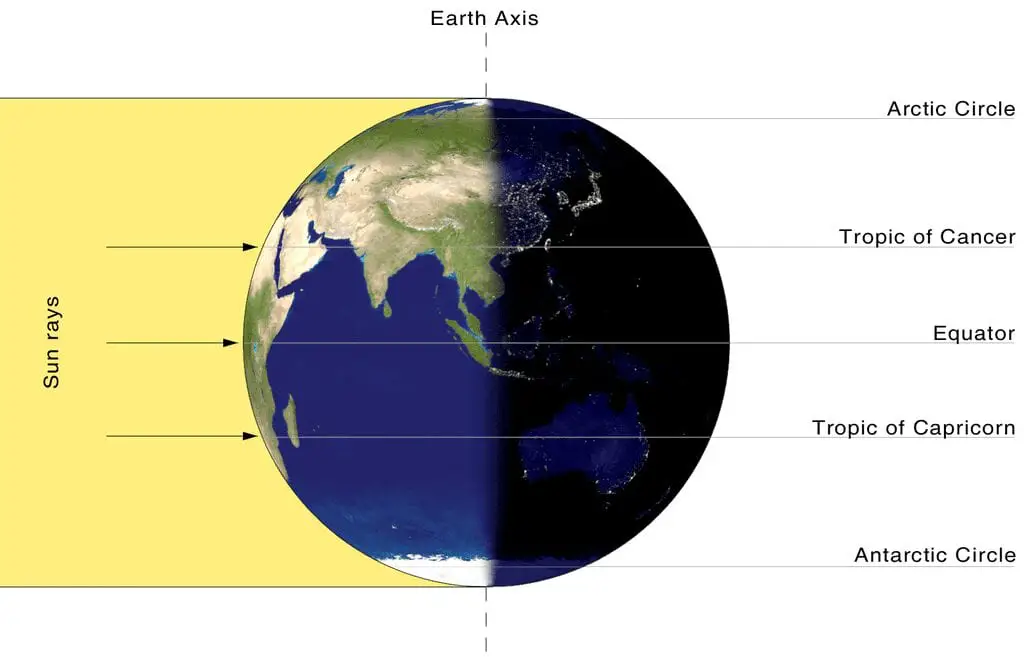
Yup, you heard me right. We have equal day and night during the March equinox (also during the September equinox). WHY? Because when the sun crosses over the imaginary celestial line, the earth’s tilt becomes perpendicular to the sunshine. Or, you can say that on the eve of an equinox, the earth’s axis is neither tilted toward nor away from the sun.
Hence, daylight and nighttime hours are equal. In other words, we will have equal day and night i.e. 12 hours. Don’t think that the earth’s axial tilt will become Zero during the equinoxes. In fact, it just happens because of the sun’s passing over the Equatorial line.
Moving ahead, in the light of equal day and night phenomena, I just want to clarify that it’s not exactly equal. It’s nearly equal to 12 hours. Therefore, just for approximation, we simply say that during the vernal equinox and autumnal equinox, the length of day and night becomes equal.
Longer Days Shorter Nights in Northern Hemisphere
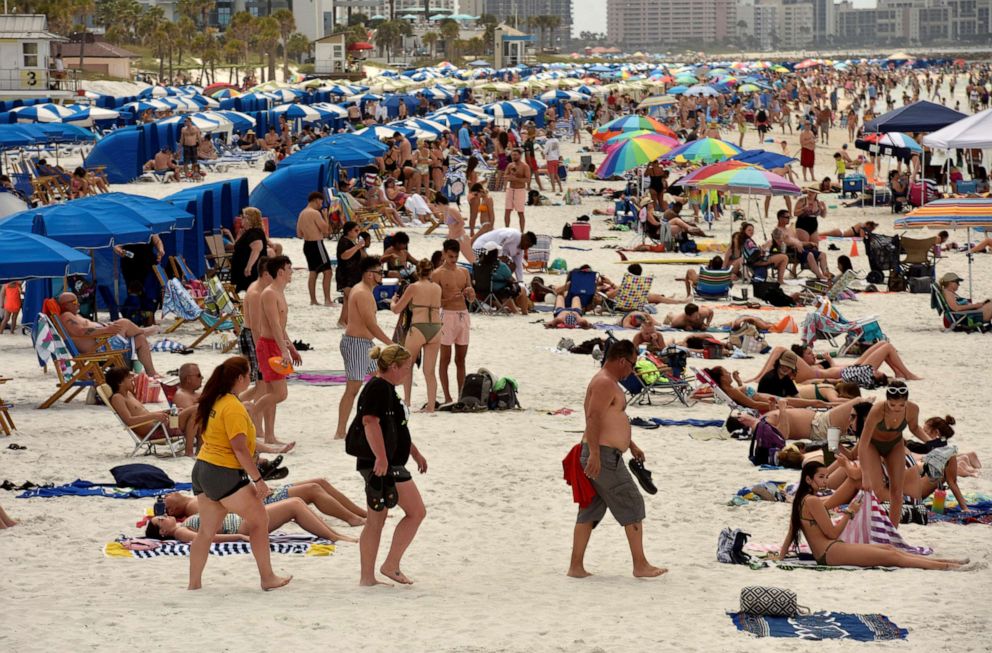
There are two ways to practically observe the first day of Spring. First, you will feel that the weather starts to turn warmer, trees begin to grow their leaves, plants start to flower, etc. Second, You can notice that the days are getting longer and the nights are getting shorter.
In other words, after the Spring equinox of 2024, as the sun will start to move northward, the days will become longer and longer with each passing day. Not to mention, for the people living in the northern hemisphere, this process of longer days and shorter nights will go on until the arrival of the June solstice.
Spring Equinox – First Day of Spring or Midspring?
Now is the time we should talk about the meteorological definition of the spring equinox. Well, technically speaking, if we go by the meteorological definition of the spring equinox, it marks the end of half of the spring season i.e. mid-spring.
However, on the other hand, if we go by the astronomical definition of the spring equinox, it marks the arrival of the first day of spring. Therefore, the question arises as to why we have two different definitions for a single event. More importantly, which one of these is the correct one? Let’s find out.
Let’s Go Back in Time
Before the arrival of the scientific revolution, humans didn’t know how to calculate the change in the season in terms of astronomical calculations. WHY? Because they didn’t have the telescope to do such nasty observations.
Therefore, what they used to do is to calculate the change in season as humanly as possible. With time, early humans understood that the sun seemed to cross over the horizon after a fixed interval of time. Additionally, they also understood the pattern of the annual temperature cycle.
In other words, what early humans used to do is to calculate the relative things, like what they felt and observed with the naked eye, which is in fact in the modern notation known as the meteorological definition of spring equinox or simply meteorological spring.
On the other hand, what our astronomers and scientists calculate with their super-sophisticated technology is defined as the astronomical definition of spring equinox or simply astronomical spring.
Therefore, to conclude, I would say that both definitions are correct in their own sense. Hence, as a result, some people define the spring equinox in the northern hemisphere as the first day of spring.
On the contrary, some people define it as the end of the half of the spring season, hence mid-spring. Not to mention, the meteorological seasons always arrive approximately 20 days before the arrival of astronomical seasons. To understand it more clearly, refer to the below table.
Meteorological vs Astronomical Seasons
| Seasons | Meteorological Season Dates | Astronomical Season Dates |
| Spring Equinox | Friday, 1 March 2024 | Thuesday, 20 March 2024 |
| Summer Solstice | Saturday, 1 June 2024 | Thursday, 20 June 2024 |
| Autumn Equinox | Sunday, 1 September 2024 | Sunday, 22 September 2024 |
| Winter Solstice | Sunday, 1 December 2024 | Tuesday, 20 March 2024 |
When is the First Day of Spring 2024?
The first day of spring 2024 will occur on Tuesday, March 20 at 03:07 AM Universal Coordinated Time (UTC). Not to mention, this astronomical event will occur at the same moment for all of us.
I mean, whether you are living in London or in India, or even in Australia (i.e in the southern hemisphere), it would be a moment of joy for all of us at the same instant. Well, yeah, for Aussies, it will be the fall equinox. I hope that now you know the exact reason behind it.
Editor’s Choice: Seasons in Southern Hemisphere & its Bizarre Consequences
That’s it for this post. If you like this article, share it if you like, like it if you share it. You can also find us on Mix, Twitter, Pinterest, and Facebook. Hey man, If you have come this far, do give us feedback in the comment section. It would make my day. You can also make a donation. Your donations will help us to run our website and serve you BETTER. Cheers!!!
You might also like:
- June Solstice 2024 – First Day of Summer in Northern Hemisphere
- June Solstice 2024 – First Day of Winter in Southern Hemisphere
- September Equinox 2024 – First Day of Fall in Northern Hemisphere
- September Equinox 2024 – First Day of Spring in Southern Hemisphere
- December Solstice 2024 – First Day of Winter in Northern Hemisphere
- December Solstice 2024 – First Day of Summer in Southern Hemisphere